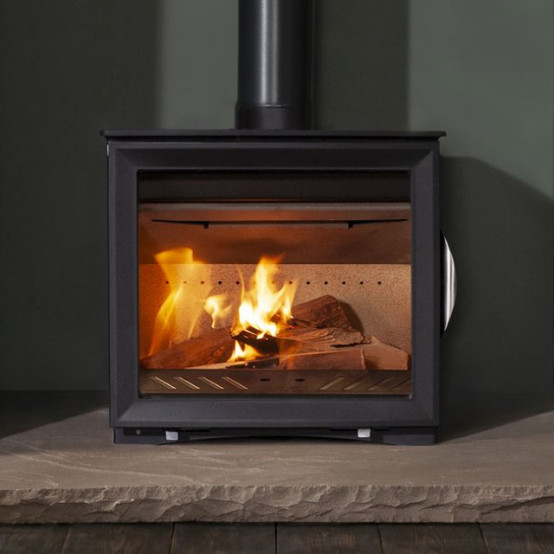Is it cheaper to heat your home with a woodburner, oil, gas and electricity after comparing energy prices?

We’ve written previous editions of the blog post in the past but this is by far the most difficult version. With rising prices across the board, a cost of living crisis and rapidly changing geopolitical situations, comparing energy prices has perhaps never been harder.
That said, we’re going to do our best to help you work out the most cost-effective way of heating your home. Of course, we run the risk of approximate prices being hopelessly out of date shortly after publication, but that’s a risk we’ll have to take.
At the moment, the average prices for each heating source looks like this:
| ENERGY TYPE | COST (pence/kWh) | APPROX. EFFICIENCY |
| Electricity | 34 | 100% |
| Gas | 10 | 90% |
| Oil | 11 | 90% |
| Pellets | 7.18 | 90% |
| Seasoned Wood | 8.74 | 85% |
| Smokeless fuel | 11.24 | 75% |
| Coal | 8.42 | 75% |
When comparing fuel prices, you can’t look solely at the cost per kWh (though of course that is important). You also need to consider efficiency and the context of use. Let’s explore each of them in a bit more detail.
Electricity prices
Electricity has the highest cost per kWh of all the forms of heating we’ve mentioned here. But it does have the advantage of being 100% efficient at the point of use. Since nothing is being burned in your home, all of the energy you pay for goes towards heating your home.
You also only pay for exactly the amount of heat you need. Electric heating is turned on and off at the press of a button, so you use only what you need.
Modern electric fires often have the option to use LED flame effects independently of the heater, which means you can create a cosy ambiance with virtually no expense.
Gas and oil prices
Gas and oil central heating prices have both gone up considerably in recent years. Even the most efficient modern boilers will lose at least 10% of the heat generated. Perhaps the key consideration for both fuels is the potential for prices to continue to rise over the coming months and years, and the lack of flexibility and control that end users will have over their prices.
Wood pellet prices
Pellet stoves offer greater control over your heating costs, as well as incredible efficiency. Some of the best pellet stoves offer up to 97% efficiency. Pellets are also protected from the harshest global energy price rises.
Seasoned logs prices
We’ve featured seasoned logs because that’s the best option for your wood-burning stove, the environment and energy efficiency. But if you’re able to source or buy unseasoned wood and season it yourself before use, that will deliver a big saving on the cost per kWh we’ve quoted here. Logburners also have the benefit of providing reliable heat and light even if — as has been suggested — there are problems with regular power cuts this winter.
Smokeless fuel and coal prices
Similarly to seasoned wood, you should only burn smokeless fuel and not house coal on a multi-fuel stove. That adds a few pence per kWh, but will offer a saving in terms of potential damage caused to your appliance. Also similarly to logs, smokeless fuel provides a heating source that give you greater control (over cost and availability) that other forms of heating.
Comparing energy prices in your home
As we said at the outset, the volatility in the energy market means these prices are subject to rise. The key consideration in 2022 and 2023 will be control over energy costs. Can you continue to heat your home in the way you want to without being impacted by external factors? For some households, fuel poverty will take away that level of control.
In that respect, pellet stoves, woodburners and other heating sources that don’t come with a monthly bill have a distinct advantage.



